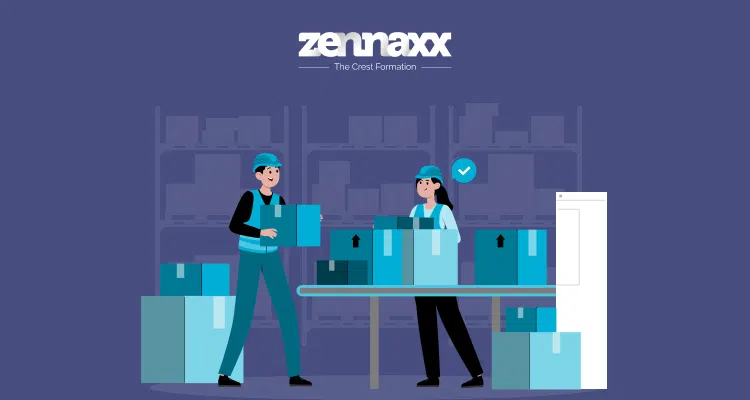
What is the process of supply chain optimization?
It must also consider transportation and distribution. Additionally, companies are exploring omnichannel strategies to better integrate e-commerce.
1. Design
It relates to decisions on warehouse placement, product routes, and procurement.
Supply chain optimization has three tasks: predict demand, manage inventory, and schedule production.
2. Planning
The organizations create a clear, detailed plan in the planning phase. It will provide resources, control inventory, and produce logistics solutions.
3. Execution
In the execution phase, the project team implements the plans made in earlier stages.
Such actions include operating warehousing, managing transportation logistics, and handling import-export.
What are the benefits of supply chain optimization?
Optimizing the supply chain benefits businesses, especially those with custom software.
1. Cost reductions
2. Increased Revenues And Profits
3. Better Supplier Performance
4. Enhanced Supply Chain Collaboration
5. Integrated Supply Chain Management
6. Better Quality
Effective supply chain management keeps quality high throughout production. This includes the procurement of raw materials and the delivery of finished products.
Streamline your operations and reduce costs
optimize your supply chain today! Get started with our solutions for efficiency and growth!
What are the top supply chain optimization techniques?
Optimizing the supply chain is essential for improving product quality, production efficiency, and customer satisfaction.
1. Cost Optimization
1.1 Order Processing and Payments
1.2 Storage and Warehousing
1.3 Transportation
1.4 Waste Reduction
2. Inventory Optimization
Demand forecasting: You can figure out how much stock to buy by asking customers what they want.
Supply Chain Uncertainties: Finding issues in the logistics network and the need to fix them.
3. Network Optimization
3.1 Scenario Analysis
3.2 Strategic Planning
3.3 Supplier Relationship Management
Software Choices For Supply Chain Optimization
Many kinds of software can make your supply chain much better. Clients report these benefits from our supply chain process. It automates their manufacturing purchases.
1. Supply Chain Optimization Platform
2. B2B Integration Platform
3. Supply Chain Analytics Platform
4. Embedded Applications
Want to Automate Your Business Process With a Software Solution?
Zennaxx, a leading software development firm in Canada, has delivered 700+ bespoke solutions spanning various industries.
Five Best Ways To Implement Supply Chain Optimization
1. Think global but act local
Manufacturers face a substantial challenge in effective supply chain management.
2. Focus on core competencies
3. Improve collaborative efforts
Process updates are simultaneously distributed to all relevant components. An ERP system that streamlines company processes can create a reminder-based system.
4. Use mobile-based technology
5. Set up a responsive supply chain
Businesses can use data from social media and POS systems. It can help them predict the market and lower risks.


